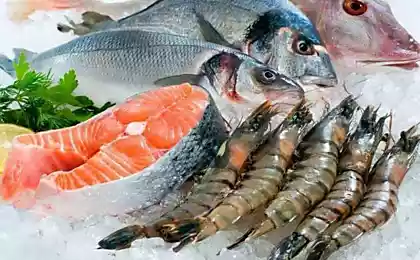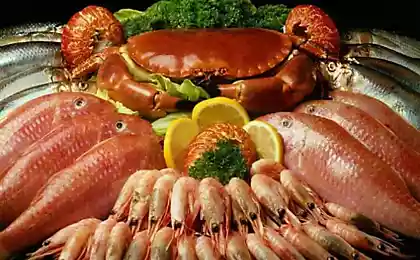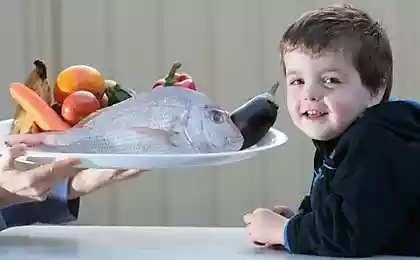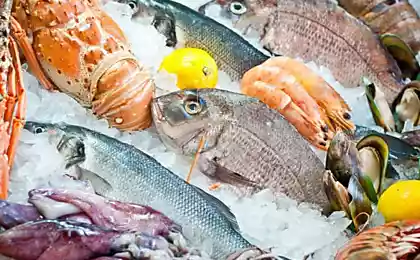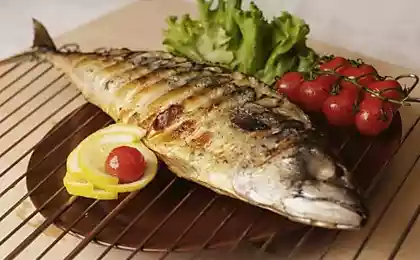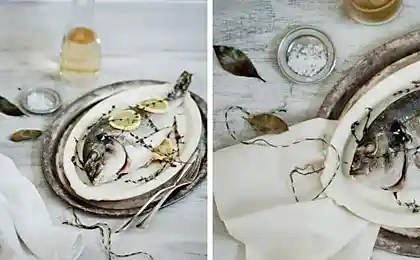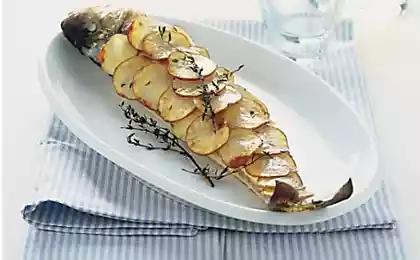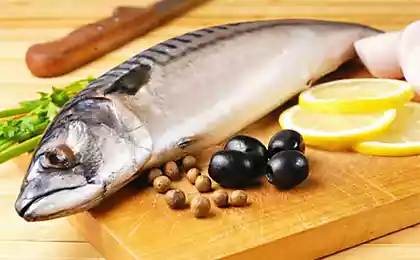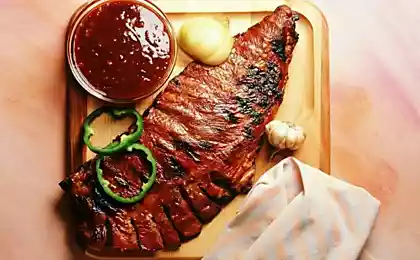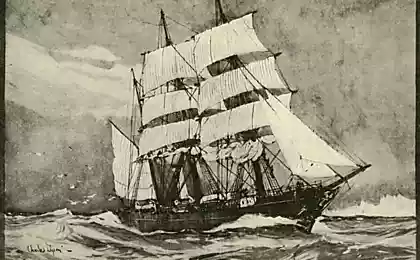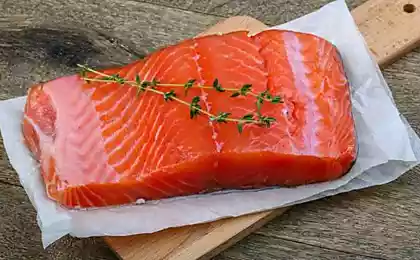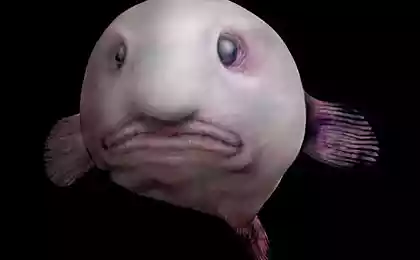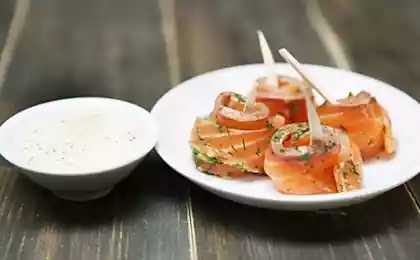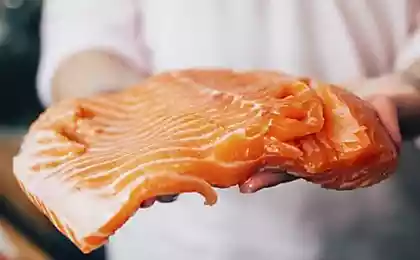563
What kind of fish we eat— You'll be amazed
Eighty eight million eight hundred fifteen thousand two hundred fifty nine
Pangasius, sea bass, Dorado, Norwegian salmon — we are happy surging imports... But if I knew how to grow this fish forever would have refused its use. Who have placed Russia on the terrible fish imports? And why we cannot catch from our own seas?
Russia has always been a great fishing power. Water spaces we have inherited is immense. In tsarist Russia was producing half a million tons of fish per year. And half of them were of noble birth. Live sturgeons were transported to the capital drunk, under the influence of vodka they were on the ice very quiet and arrived in Moscow in the great view. Did the glaze, poured cold water on the cold, formed a crust of ice, and then kept in the cellar or in the snow or glacier. After the revolution and the civil war commercial fisheries have been abandoned. But then the Soviet government realized it: "People are starving, the meat will not grow, let's feed him a fish!".
Fishing has turned into a matter of national importance. Construction began on the sea and ocean fleet, fish farms, subcombination. And by the early 70s we used to produce 10 million tons of fish a year! Two times more than the United States. And today is our fishing fleet? The remnants of the Soviet era — obsolete rust bucket. The state has long invested in this industry money. And today she's barely alive. Our fishermen sail under foreign flags. And we are doomed... there is import.
The crew of the film "What the fish we eat" conducted a consumer investigation, visiting the Sakhalin and the fish market in Japan, we learned how to grow Norwegian salmon. And made inquiries — what fish is hiding under the alias of "sea hare", "sea chicken" and "sea lion". What you need to know when choosing a fillet, what it eats "lunch" Vietnamese pangasius, why you should not buy big carp than trout wears, and how much is a kilogram of this fish? This is not only — in the new film "What fish we're eating." published
Source: vk.com/probujdeniechelovechnost
Pangasius, sea bass, Dorado, Norwegian salmon — we are happy surging imports... But if I knew how to grow this fish forever would have refused its use. Who have placed Russia on the terrible fish imports? And why we cannot catch from our own seas?
Russia has always been a great fishing power. Water spaces we have inherited is immense. In tsarist Russia was producing half a million tons of fish per year. And half of them were of noble birth. Live sturgeons were transported to the capital drunk, under the influence of vodka they were on the ice very quiet and arrived in Moscow in the great view. Did the glaze, poured cold water on the cold, formed a crust of ice, and then kept in the cellar or in the snow or glacier. After the revolution and the civil war commercial fisheries have been abandoned. But then the Soviet government realized it: "People are starving, the meat will not grow, let's feed him a fish!".
Fishing has turned into a matter of national importance. Construction began on the sea and ocean fleet, fish farms, subcombination. And by the early 70s we used to produce 10 million tons of fish a year! Two times more than the United States. And today is our fishing fleet? The remnants of the Soviet era — obsolete rust bucket. The state has long invested in this industry money. And today she's barely alive. Our fishermen sail under foreign flags. And we are doomed... there is import.
The crew of the film "What the fish we eat" conducted a consumer investigation, visiting the Sakhalin and the fish market in Japan, we learned how to grow Norwegian salmon. And made inquiries — what fish is hiding under the alias of "sea hare", "sea chicken" and "sea lion". What you need to know when choosing a fillet, what it eats "lunch" Vietnamese pangasius, why you should not buy big carp than trout wears, and how much is a kilogram of this fish? This is not only — in the new film "What fish we're eating." published
Source: vk.com/probujdeniechelovechnost
